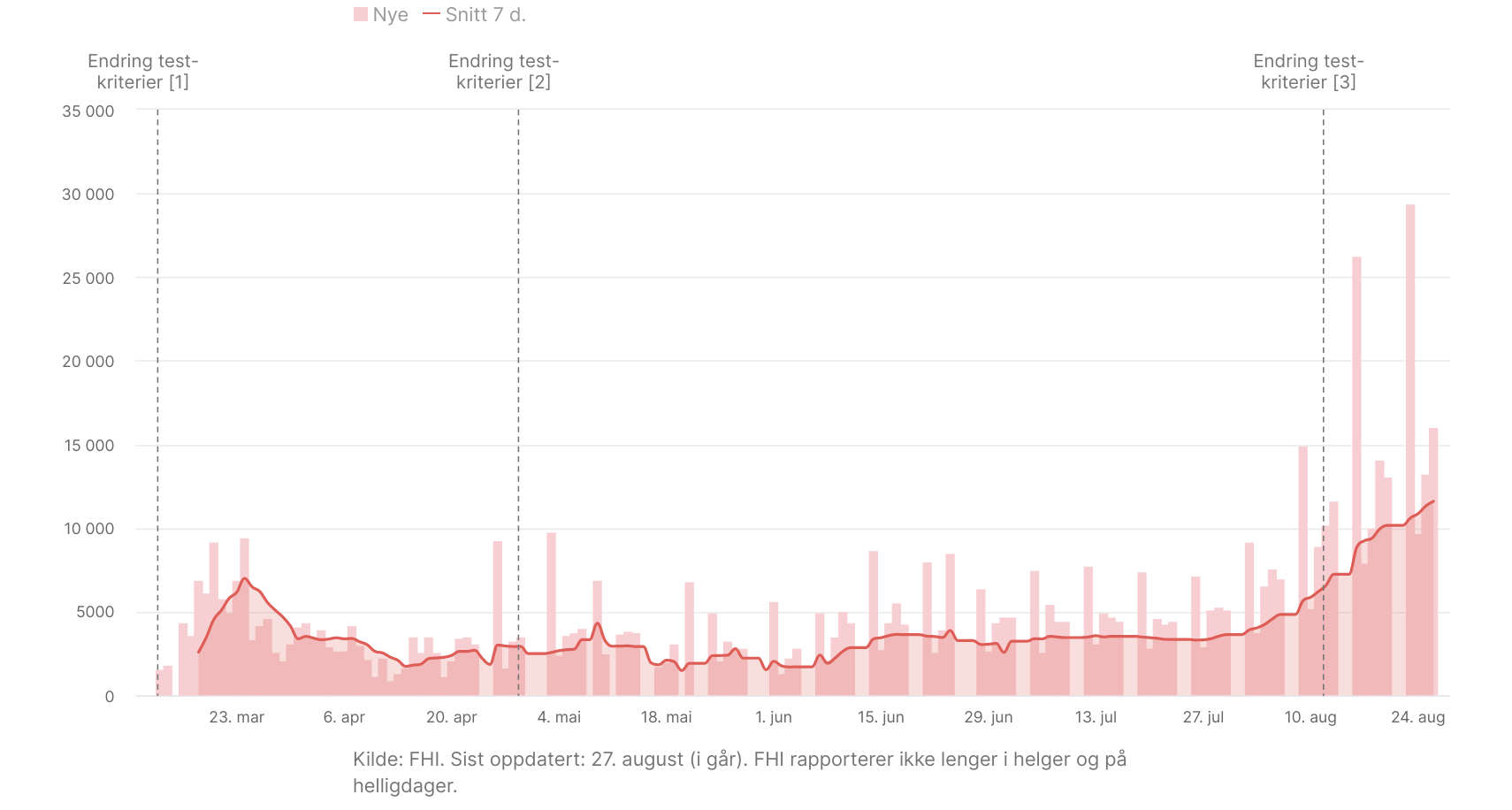
- #Corona tracker on iphone install#
- #Corona tracker on iphone Bluetooth#
- #Corona tracker on iphone download#
Each phone shares its own identifier approximately every five minutes, and listens constantly for nearby devices doing the same.
#Corona tracker on iphone Bluetooth#
The app is built on Apple and Google’s exposure notification interface that allows smartphones to exchange short Bluetooth signals that carry rotating identification numbers. That technology is used for the contact tracing app. The majority of smartphones include Bluetooth technology, which allows the sharing of data across short distances. The underlying assumption is that many people own smartphones, and that most carry their phones with them. The goal of the Corona-Warn-App is to notify users when they have been in contact with other users that have tested positive. While it is not perfect, it is a more privacy-friendly option. Germany’s Corona-Warn-App is based on the decentralized framework developed by Apple and Google. In the EU, many governments-including Germany-started out with a centralized approach, but pivoted to a decentralized system after criticism from digital rights NGOs and researchers. Carefully constructed decentralized models are much less likely to harm civil liberties, and EFF has taken a clear stance against the use of centralized systems for contact tracing. As we have seen over and over again, such trust is often abused. While centralized and decentralized systems can both have a host of privacy problems, centralized approaches rest on the dangerous assumption that one central authority can be trusted to keep vast quantities of sensitive data secure, and will not misuse it. Under a decentralized model, the contact tracing app compares that list of IDs of people who tested positive with the list of IDs it has come in contact with locally, on the users’ phone. In the decentralized model, the authority usually only knows the identities of users who have been diagnosed with COVID-19. This includes data about interpersonal associations, which can be quite sensitive. In the centralized model, the authority knows enough to contact the people who may have been nearby a person who later tests positive. The difference is what the authority (for example, a public health authority) knows. One important question in the design of contact tracing systems is whether they are “centralized” or “decentralized.” In the context of contact tracing apps, both centralized and decentralized models rely on an authority that processes data.

What’s the difference between centralized and decentralized apps, and what approach does the German app follow?Īs governments around the world have become interested in contract tracing technologies, researchers have advocated different solutions. It is worthwhile to check a country’s policy regarding contact tracing apps before crossing any borders- Re-open EU is a useful resource. However it is unlikely that Germany’s decentralized app would be interoperable with, for example, France’s, which uses a “centralized” approach. EU governments that use “ decentralized ” apps have agreed to make their contact tracing apps interoperable across borders, but it is not clear when that solution will be in place. Most countries that are part of the Schengen zone, in which EU citizens may cross borders without going through border controls, have eased their travel restrictions.
#Corona tracker on iphone download#
Do I need to download a new contact tracing app every time I cross a European border?
#Corona tracker on iphone install#
Additionally, social pressure or pressure from employers to install the app may undermine individuals’ ability to choose freely whether or not they want to download the app. So far, however, there is no law governing the app, and critics have argued that the voluntary nature of the app should be legally protected. The download and use of the app is voluntary. Now that the “Corona-Warn-App” is available for download, we are answering some of the key questions surrounding topics like data protection, privacy, and the rules that govern the app. Germany’s approach to contact tracing apps has been a long and winding road, with many delays and shifts in course. As governments around the world have been rushing to adopt contact tracing apps in their fight against the COVID-19 pandemic, their efforts have been accompanied by important debates regarding the safety, efficacy, and necessity of the technology. This week, Germany’s COVID tracing app finally went live. This blog post is co-authored with Least Authority, a Berlin-based tech company committed to advancing digital security and preserving privacy as a fundamental human right.


 0 kommentar(er)
0 kommentar(er)
